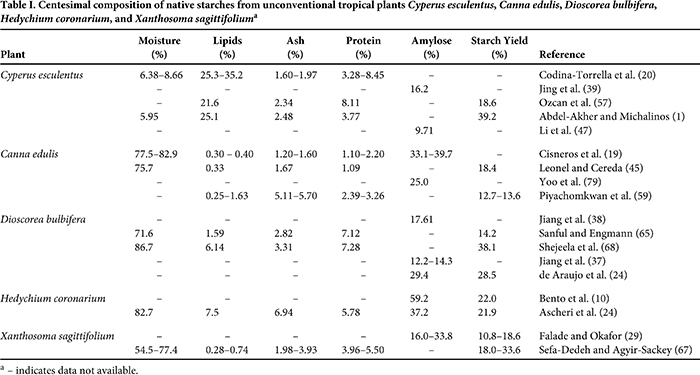- Joined
- Dec 8, 2017
- Messages
- 12,047
Timestamps:
- 00:00 - America’s most invasive plant!
- 02:13 - Identifying kudzu (Pueraria montana)
- 04:21 - How to find kudzu (for starchy roots)
- 06:50 - Precise calendar timing
- 07:03 - Tricks for finding kudzu root crowns
- 10:07 - How to dig kudzu roots
- 13:01 - Cleaning kudzu roots
- 14:38 - Processing the starch
- 25:08 - Cooking with kudzu starch
- 27:54 - What’s coming up!
- 28:17 - Dangerous lookalike (don’t skip!)


















































